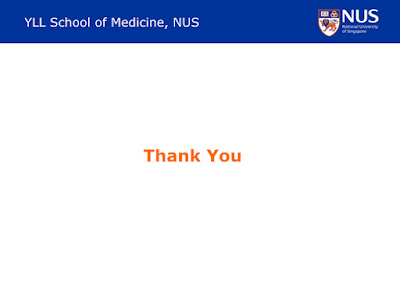Dear students,
This is a self-directed learning session with curricular time allocated for this.
Material for self-directed learning is available on the following open acess website -
https://medicaleducationelearning.blogspot.com/2024/10/imaging-of-chest-and-lungs-respiratory.html
There are several sections to this open access website clearly marked below - Section 1: including link and screenshot of professionally produced segmented e-Lecture; Section 2: including lecture slides from e-Lecture, to allow you to follow key points of the e-Lecture, and make your own notes as you review sections of the e-Lecture; and Section 3: links to curated open access interactive self-study materials related to topic to expand on material in Section 1 and 2; and finally a preview of your next lecture Imaging of Respiratory Disorders. The pedagogical approach, main ideas and clinical relevance are sequentially outlined in step-wise manner below.
Section 1: Introductory Self-Study Section
link to e-Lecture (screenshot below)
Please preview and review these segments of the video before and during the scheduled lecture time in your curriculum -
The lesson outline
Relevance of Radiology
Learning Objectives
Assessment
Assessment - Example
Radiology and Anatomy
How CXRs and CT scans are produced
Pre-test
Post-test
Systematically reviewing CXRs
Identifying normal structures on CXRs
---
As you review the material, please reflect on each of the following questions, pause after each question, write down your answer, and reflect upon your answer.
1. What is the relevance of diagnostic imaging/radiology in your future clinical practice?
2. How are CXRs and CT scans of the chest produced?
3. How do different tissues appear on CXRs and CT scans? Why does bone appear white? Air black? Soft tissues varying shades of grey?
4. Can you identify normal anatomy on a CXR? CT scan of the chest?
---
Section 2: Slides of Introductory Self-Study Section
As you go through these Slides, please view the related sections on the
e-Lecture. The Slides below allow you to follow along and make your own notes.
above from
We first very briefly review basic principles behind the production of a CXR, and why different tissues have different densities on XRs (white, shades of grey, and black).
Please view "
How CXRs and CT scans are produced" or segmented e-Lecture, with accompanying slides below, for you to make notes your own notes on.
Recall that XRs are produced by placing you patient between an XR source, and a recording medium; which may be an XR film, or digital recording plate. The XR is therefore a record of the absorption of XRs as they pass through different organs and tissues in your patient.
By convention, on a XR, black represents areas of greatest XR absorption, and white the least absorption of XRs. On this normal CXR, you can see the radiographic densities of five categories of tissue. Air being blackest, with gradually lighter shades of grey with fat, soft tissue/blood/muscle, bone and metal. You will appreciate how fat being less dense than soft tissue will absorb less XRs, and appear a darker shade of grey than soft tissues or muscle.



This difference in XR absorption between different tissues and organs allows you to distinguish the edge or surface between different tissue layers and organs. Because XRs travel in straight lines through your patient, the interface between different tissues is highlighted and visible at tissue interfaces tangential to the path of the XR beam. This is referred to as the "silhouette sign". A simple analogy help you visualize this is to recall the what the silhouette of an object looks like when placed between a candle or light source and a background surface. The edge of the projected "shadow" is the silhouette making the edge between absorbed and transmitted light.
above image from website below
above image from
above image from
above image from
above image from
Section 3: Further material for bite-size self study
The aim of the session is to link the anatomy which you have learnt in the chest, to what is visible on the two most commonly used imaging tests you will use as doctors in day to day clinical practice - the
CXR, and
CT scan of the Chest. Radiology allows you to see 'living anatomy' and pathology, of your patients in vivo. The CXR allows you to look inside your patient in 2D, while the CT scan gives you multi-planar sectional details, and a '3D-like' appreciation of both anatomy and pathology. You should aim to develop the ability to orientate yourself to the visible structures when viewing both the CXR, and CT scans; and be able to identify normal anatomy. This will form the foundation for the study of pathology, and the appreciation of visible pathology in your patients using CXRs and CT scans in year 2, and subsequent clinical years.
There are two learning paths (illustrated on the blog below) - a Guided learning path, and an Exploratory learning path. Please choose one path based on your learning preference, and review the material before the 'live' lecture. We will review this content during the 'live' lecture on Microsoft Teams.
Additional Resource website for interactive instruction
Additional reading
Preview of next lecture - Imaging of Respiratory Disorders


































No comments:
Post a Comment
Note: only a member of this blog may post a comment.